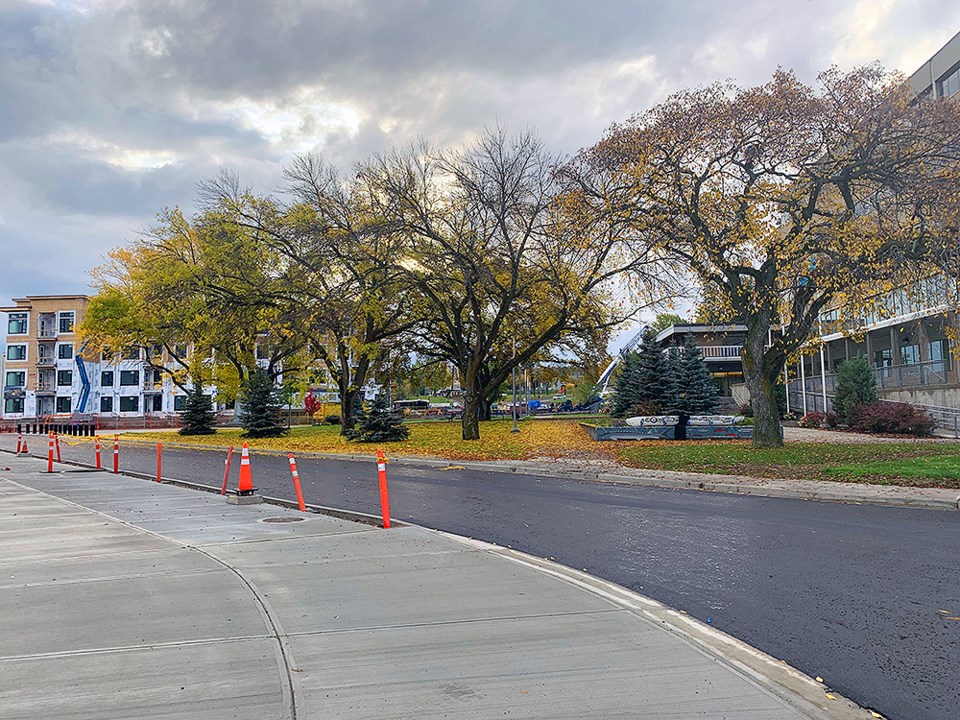Cities emerged as the epicentres of the COVID-19 pandemic: . And poor urban neighbourhoods were hit especially hard.
Researchers frequently attributed the vulnerability of cities to . The vulnerability of cities during the COVID-19 pandemic has highlighted the need to create sustainable cities that promote health.
Less density, more diversity
As sociologists interested in urban settings, we examined how the . Our findings suggest a few things cities should keep in mind as they rebuild following the pandemic.
First, we should create more walkable neighbourhoods. COVID-19 spread at a much slower pace in highly walkable neighbourhoods. Residents in these neighbourhoods on wider and better maintained sidewalks, which may reduce their exposure to the COVID-19 virus.
Second, we should reduce the number of overcrowded households. . Space constraints in these housing units may make it more difficult for residents to practice adequate physical distancing. . . Increasing the supply of affordable housing may hold the key to reducing the urban poor’s vulnerability to infectious diseases.
Third, we should increase the number of mixed-income housing units and better integrate our neighbourhoods. COVID-19 spread much faster in lower-income neighbourhoods. Housing affordability may have pushed out .
Displacement and higher density due to limited housing affordability may have increased the concentration of residents who were exposed to the COVID-19 virus. Residents of low-income neighbourhoods are more likely than their peers in affluent neighbourhoods to live in close proximity to someone with a COVID-19 infection.
Tailored responses
Residents of low-income neighbourhoods rely more on neighbourhood amenities than their peers in affluent neighbourhoods because they have fewer personal resources at their disposal. And even when communities have the same amenities, those in lower-income neighbourhoods are more likely to be poorly maintained. For example, lower-income neighbourhoods may .
They also have fewer health-promoting amenities, such as or . Therefore, a neighbourhood’s physical environment contributes to the spread of COVID-19 differently in lower and higher income neighbourhoods.
Our study reveals that . In more affluent neighbourhoods, even high-density apartment buildings come with amenities and protections — like better ventilation systems and additional staff to properly sanitize common areas — that similarly dense buildings in lower-income neighbourhoods lack.
Similarly, green space mitigates the spread of COVID-19 in lower-income, but not higher-income, neighbourhoods. Housing units in low-income neighbourhoods are likely smaller, overcrowded, less well-maintained and have poorer ventilation. Residents of low-income neighbourhoods may thus face greater difficulty adhering to stay-at-home policies. Large green spaces in such neighbourhoods may .
Furthermore, neighbourhood walkability helps mitigate the spread of COVID-19 more in lower-income neighbourhoods than in higher-income neighbourhoods. This pattern likely emerges because residents of . They are more likely to rely on public transportation for errands that cannot be completed on foot. For residents of low-income neighbourhoods with poor walkability, .
After the pandemic
The COVID-19 pandemic has highlighted the need for us to build sustainable cities that promote health and reduce the vulnerability to infectious diseases among their residents. Future urban planning efforts should not adopt a one-size-fits-all approach. Instead, they should tailor the rebuilding process to meet the diverse needs of residents of lower and higher income neighbourhoods.
Specifically, rebuilding efforts should prioritize low-income neighbourhoods and remedy their high population density, construct more green spaces and improve their walkability.
Kate Choi receives funding from the Social Sciences and Humanities Research Council of Canada (SSHRC).
Patrick Denice receives funding from the Social Sciences and Humanities Research Council of Canada (SSHRC).
